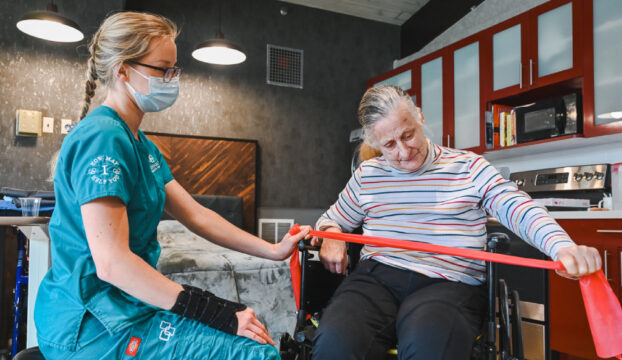Exploring the Diverse Methods of Physical Rehabilitation for Improved Recovery and Restoration
Exploring the Diverse Methods of Physical Rehabilitation for Improved Recovery and Restoration
Blog Article
Physiological therapy is an essential discipline that helps people recover from injuries, surgeries, and various medical issues. It entails a range of methods aimed to improve movement, reduce discomfort, and boost general physical function. Physiotherapy practitioners are qualified professionals who evaluate each client’s needs and create customized care strategies. These plans often include workouts, hands-on therapy, and education about body mechanics. By employing these diverse techniques, physiotherapy can substantially enhance a person’s quality of living.
One frequent technique used in physiotherapy is rehabilitative activity. This includes specific actions and exercises that help strengthen muscle strength, enhance range of motion, and increase stamina. For example, a patient rehabilitating from knee surgery may engage in workouts that focus on restoring strength in the lower limb muscle groups. These exercises are carefully selected based on the patient’s condition and objectives. By incrementally increasing the intensity and challenges of the exercises, physiotherapy therapists can help patients recover their power and movement over time.
Another important technique is hands-on treatment, which includes physical methods to manipulate the human body soft muscles and joints. This can entail flexibility exercises, joint movement, and massage. Hands-on therapy seeks to relieve pain, minimize swelling, and enhance blood flow. For instance, a practitioner may use light pressure to relieve tension in stiff muscles or to assist a articulation move more freely. This method is often Learn More combined with other therapies to enhance rehabilitation and promote recovery. Clients often find hands-on therapy to be a soothing and beneficial way to manage their pain.
In furthermore to workouts and hands-on treatment, instruction plays a crucial role in physical. Therapists teach clients about their conditions and how to manage them efficiently. This may include advice on correct alignment, physical movements, and techniques to prevent subsequent injuries. For instance, a therapist might demonstrate a patient how to lift weighty objects properly to avoid injuring their spine. By enabling patients with understanding, physiotherapy therapists assist them take an engaged role in their rehabilitation and encourage sustained health and fitness.
Ultimately, technological advancements is progressively being integrated into physiotherapy methods. Tools such as sonography, electrical impulses, and virtual environments can improve conventional therapy methods. These tools can help alleviate discomfort, promote recovery, and provide interactive methods for patients to engage in their rehabilitation. For instance, virtual environments can create engaging settings for patients to rehearse movements in a controlled plus secure environment. As technology continues to evolve, it provides exciting opportunities for enhancing recovery results in physical.
In conclusion, physiotherapy encompasses a range of methods that function together to assist recovery and rehabilitation. Through rehabilitative exercises, hands-on treatment, patient instruction, and the application of technology, physical practitioners provide comprehensive treatment customized to each individual’s requirements. This holistic approach not only assists patients recover their physical capabilities but also enables them to sustain their health in the long future. As more people recognize the benefits of physical, it continues to serve a crucial role in the pathway toward enhanced health and well-being.